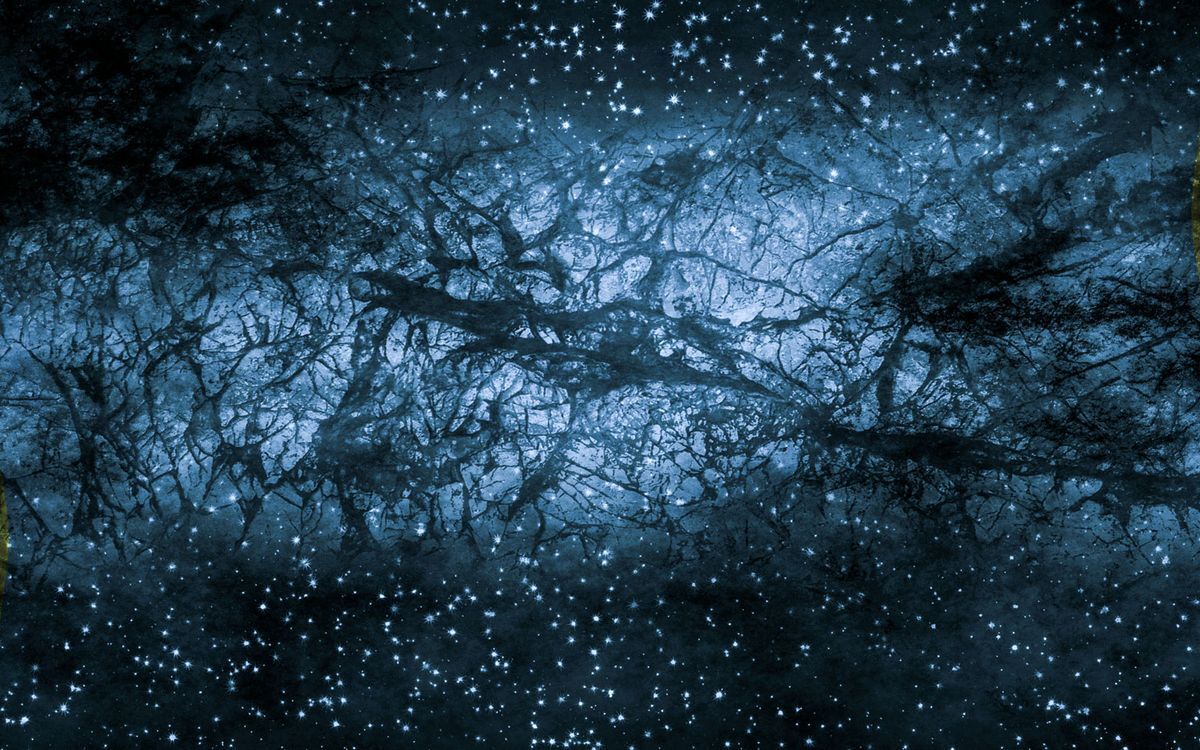A Wobble from Mars: A Possible Indicator of Dark Matter

Monitoring Mars' orbit could reveal information about dark matter passing through our solar system. MIT physicists suggest that microscopic primordial black holes might constitute the universe's dark matter, as proposed in the 1970s. They estimate that these small black holes should pass through the solar system more than once a decade. Such events would induce a detectable wobble in Mars' orbit.
"We have precise telemetry over decades for the distance from Earth to Mars," says David Kaiser, an MIT physicist. He explains that this precise measurement could help identify subtle orbital changes. A successful detection would support the theory that black holes originating shortly after the Big Bang may contribute significantly to dark matter in the universe.
The Nature of Dark Matter
Visible matter, including stars and planets, composes less than 20% of all physical matter. The remainder comprises dark matter, a theoretical substance that remains invisible and affects the universe's structure through gravitational forces. While physicists have developed ground-based detectors to identify dark matter, most experiments assume it exists as exotic particles. However, these searches have not led to any concrete findings.
Recently, the concept of dark matter existing as primordial black holes has gained traction. As opposed to astrophysical black holes formed from collapsing stars, primordial black holes emerged shortly after the Big Bang. They formed from dense gas pockets and have traveled across the cosmos as the universe expanded and cooled.
These primordial black holes potentially pack vast amounts of mass into minute spaces. Some could be as light as a single atom yet heavy as large asteroids, allowing them to influence gravitational forces detectable in the universe. Challenging initial thoughts, Tung Tran, a study co-author, highlighted an intriguing aspect.
"If a primordial black hole passed within one meter of someone, it could impose a notable force," explains Tung. Yet the chances of one approaching anyone on Earth are astronomically improbable, piquing researchers' curiosity about their effect on larger celestial bodies like Earth and the moon.

Simulating Solar System Interactions
The research team generated a helpful simulation to model the solar system’s dynamics and emergent effects of potential black hole encounters. "We recognized real effects while interacting with just a couple dozen objects despite thorough simulations involving millions of celestial bodies," states Benjamin Lehmann.
To begin with, they calculated how often primordial black holes should traverse the solar system based on existing dark matter distributions. They set the mass of these black holes to align with theoretical estimates from astrophysics.
Co-author Sarah Geller emphasized, "Primordial black holes continually travel through the universe." They continue by simulating various scenarios involving these black holes in the inner solar system occurring approximately every ten years.
These simulations revealed that while interactions with the Earth and moon produced uncertain results, a passing primordial black hole could clearly affect Mars. A close encounter has the potential to shift Mars' orbit significantly. Researchers estimate that within a few years of such an event, Mars could wobble by about one meter.
Future Research Directions
Detecting the predicted wobble within a few decades would require rigorous analysis. The team understands that confirming the cause of a detected wobble is crucial. Notably, distinguishing between plausible black hole interactions and typical asteroid effects remains paramount. Kaiser pointed out the importance of understanding typical movements and distributions of ordinary space objects compared to primordial black holes.
Collaborations with other experts focusing on extensive solar system simulations could enhance their research. They aim to create comprehensive models considering numerous objects and their dynamics over extensive time courses.
Pursuing these directions could expand our understanding of dark matter’s potential ties to celestial movements and formations. They have received support from the U.S. Department of Energy and the National Science Foundation, culminating in promising areas for future exploration.
Earlier, SSP reported that travel may combat premature aging.



















